Innovation for Non-profit Organizations
Perhaps more than most organizations, NPOs need to embrace innovation and design thinking methodologies to better meet the needs of the people they support. NPOs continually try to solve some of the world’s toughest challenges with minimal funding and resources. In addition, they face constant pressure to use these resources efficiently to directly impact their beneficiaries, which often leads to a risk averse and bureaucratic organizational culture that focuses on competing for precious resources and not on the needs of their users.
Zip Innovations recently had the honor of working with a team from the family planning group at the Bill and Melinda Gates Foundation, an organization filled with brilliant people who want to make a positive impact in the world. While the foundation is well funded, the allocation of funds is tightly controlled at the top of the organization through a highly analytical approach. At the same time, working groups within the organization are challenged to find breakthrough solutions that will have the most impact. This dichotomy stifles the essence of the innovation process.
Design thinking is an effective approach to innovation that is driven by three primary principles:
- Gain an empathic understanding of people — end users, stakeholders, and others — from a systemic point of view.
- Employ a highly collaborative and creative process of idea generation and synthesis that encourages people to explore a wide range of new ideas quickly without judgment.
- Encourage an iterative approach to prototyping new solutions quickly and efficiently to experiment and learn, and then identify the ones with the highest potential impact.
Furthermore, these principles must be fostered by a culture that supports experimentation and open collaboration, and where the measure of success is based on the process as well as the results. Intelligent risk-taking must be celebrated and rewarded in the same way as successful new concepts. Employees need this sense of freedom to meet their potential, which increases their engagement and sense of purpose.
In the end, embracing and encouraging an effective innovation process will create more impactful ideas in less time and with less resources providing even higher value to the organization’s constituents and donors.

